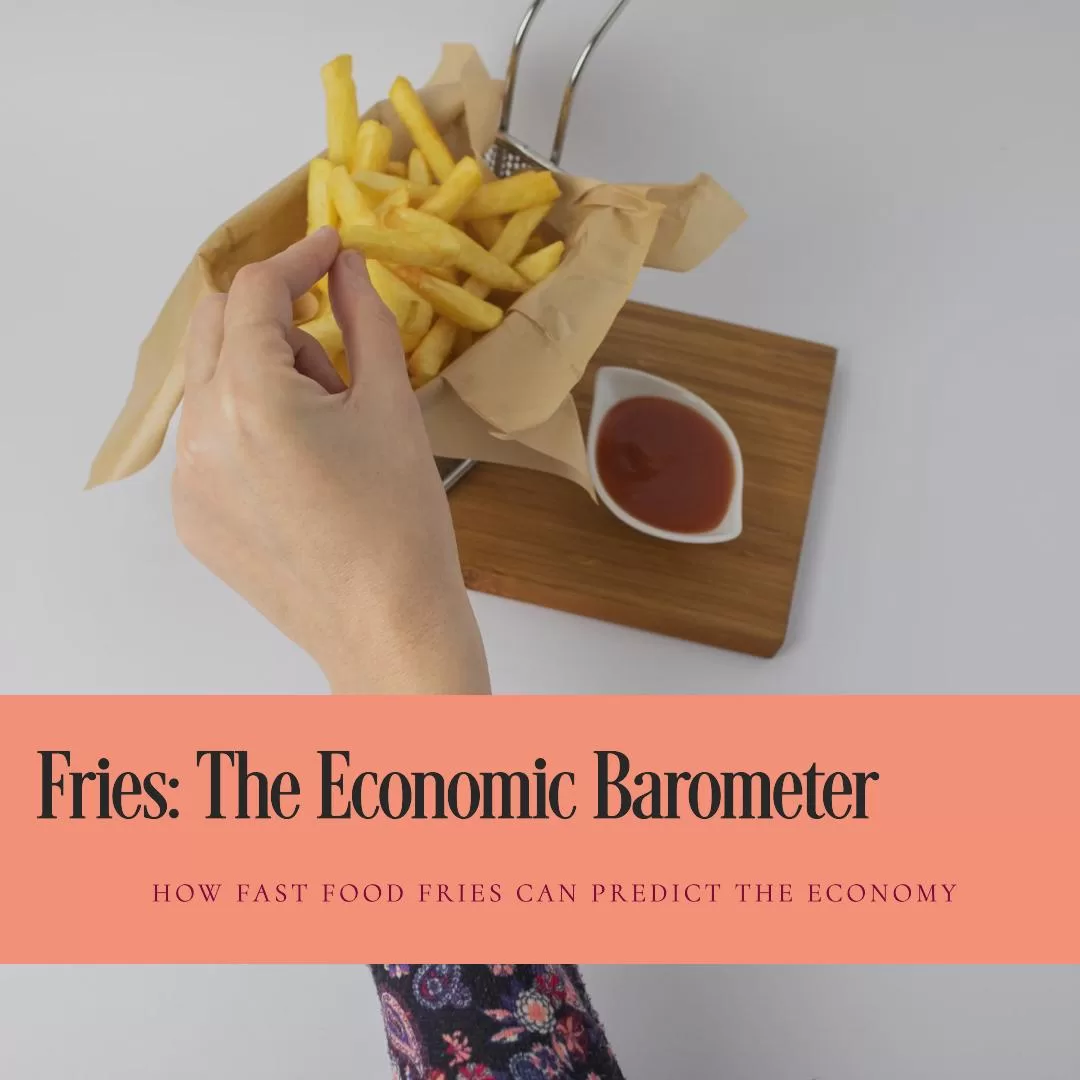Fast food chains, with their ubiquitous presence and affordable offerings, often serve as a bellwether for broader economic trends. As consumers’ dining habits shift in response to changing economic conditions, the performance of fast food restaurants can provide valuable insights into consumer sentiment, spending patterns, and overall economic health. In this article, we explore the phenomenon of fast food as an economic indicator and examine its implications for investors, policymakers, and the public at large. Fries: An Economic Barometer – How Fast Food can Predict the Economy.

The Convenience Factor:
Fast food’s popularity stems in part from its convenience and accessibility. In times of economic uncertainty or tight budgets, consumers may gravitate towards fast food options due to their affordability and time-saving benefits. As such, fluctuations in fast food sales volumes can reflect shifts in consumer behavior and preferences, offering clues about underlying economic conditions.
Recession Resilience:
Historically, fast food chains have demonstrated resilience during economic downturns, earning them the moniker of “recession-proof” businesses. Amidst layoffs, income stagnation, and belt-tightening, consumers often seek out value-oriented dining options, making fast food restaurants a go-to choice for budget-conscious individuals and families. This resilience is attributed to the affordability, convenience, and familiarity of fast food offerings, which appeal to a broad spectrum of consumers across income levels. Fries: An Economic Barometer – How Fast Food can Predict the Economy.
Menu Innovation and Adaptation:
In response to changing consumer preferences and market dynamics, fast food chains have evolved their menus and business models to stay relevant and competitive. Menu innovation, including the introduction of healthier options, plant-based alternatives, and customizable offerings, reflects shifting consumer preferences towards healthier lifestyles and sustainable food choices. Moreover, investments in digital technology, mobile ordering, and delivery services cater to changing consumer behaviors and enhance convenience, driving sales growth and market share gains.
Consumer Confidence Indicator:
The performance of fast food chains is closely linked to consumer confidence levels, which influence spending patterns and dining out behaviors. During periods of economic expansion and rising consumer optimism, discretionary spending on dining out experiences tends to increase, benefiting fast food restaurants and other segments of the food service industry. Conversely, during economic downturns or periods of uncertainty, consumer confidence may wane, leading to reduced spending on non-essential purchases, including dining out.
Implications for Investors and Policymakers:
For investors, fast food chains can offer attractive investment opportunities due to their resilience, scalability, and brand strength. By monitoring key performance indicators such as same-store sales growth, traffic trends, and customer satisfaction scores, investors can assess the financial health and growth prospects of fast food companies and make informed investment decisions. Likewise, policymakers can leverage fast food sales data as a leading indicator of economic activity, informing policy decisions related to fiscal stimulus, employment, and consumer welfare.
Conclusion:
Fast food restaurants serve as more than just purveyors of burgers and fries; they also provide valuable insights into consumer behavior, economic trends, and market dynamics. By analyzing fast food sales volumes, menu innovations, and consumer sentiment, stakeholders can gain a deeper understanding of the broader economic landscape and make informed decisions in an ever-changing world. As the Whopper Effect continues to shape consumer preferences and dining habits, its significance as an economic indicator remains as relevant as ever.
Learn more about accounts receivable factoring
Connect with Factoring Specialist, Chris Lehnes on LinkedIn
